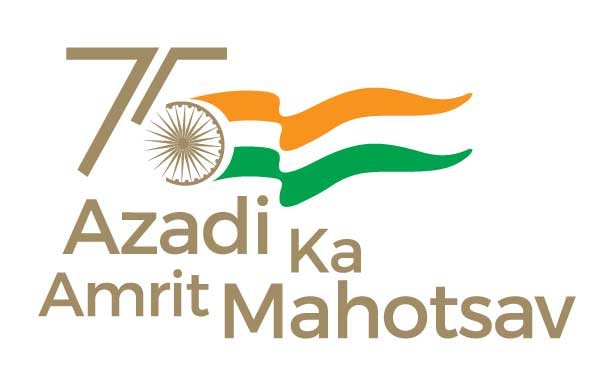Subscribe to Updates
Get the latest news from Traditions Live about its events.
What's Hot
Author: IKKF
Recorded Live Streaming Videos of Utsavam IKKF 2019 DAY 1 DAY 2 DAY 3 DAY 4 IKKF 2019 DAY-1 PART-1 IKKF 2019 DAY-2 PART-1 IKKF 2019 DAY-3 PART-1 IKKF 2019 DAY-4 PART-1 IKKF 2019 DAY-1 PART-2 IKKF 2019 DAY-2 PART-2 IKKF 2019 DAY-3 PART-2 IKKF 2019 DAY-4 PART-2 IKKF 2019 DAY-1 PART-3 IKKF 2019 DAY-4 PART-3
Kottayam Thampuran emphasized form more than content while Unnayi Warrier stressed almost entire on the narrative. Few decades after them, Irayimman Thampi, court poet and mentor of the great Swati Thirunal, wrote three plays with equal emphasis on form and content. Among these, Keechakavadham is especially noted as it marks another important milestone in the development of Kathakali, drawing from the Kaplingadam school that lionised the anti-hero often relegating the hero to a minor role in the play. Keechaka, a relatively minor character in the epic Mahabharatha takes the centre stage here as a fearsome warrior and and lustful anti-hero…
Into 19th century, Kathakali already had already matured as an art form. Plays abounded and often focused on developing specific situations in a plot rather than an entire narrative with emphasis on a single bhava or rasa. Both Lavanasuravadham and Kuchelavrutham are classic examples of this trend. Both plays while holding integral narratives have highly emotional encounters as their focal points. Bhakti (devotion) is the central theme of Kuchelavrutham penned by Muringoor Sankaran Potti. Kuchela, a poor Brahmin is in penury and sets out to meet his childhood friend Krishna and seek his help. The poor, timid Kuchela is completely…
Into 19th century, Kathakali already had already matured as an art form. Plays abounded and often focused on developing specific situations in a plot rather than an entire narrative with emphasis on a single bhava or rasa. Both Lavanasuravadham and Kuchelavrutham are classic examples of this trend. Both plays while holding integral narratives have highly emotional encounters as their focal points. In Lavanasuravadham (penned by Amritha Shasthrikal), the protagonists Kusha and Lava unwittingly yet successfully challenge their uncles Shatrughna and Lakshmana followed by their father Rama and then his devoted monkey warrior Hanuman. The latter they tie up for amusement…
In the latter half of 17th century, Unnayi Warrier wrote Nalacharitham as a beautiful poetic counterpoint to the structured elegance of Kottayam Kathakal. While Kottayam Thampuran uses the narrative as a measure to elegantly develop and even define the form of Kathakali, in Nalacharitham Unnayi Warrier delves deep into the narrative with unreserved lyricism and dramatism. Nalam Divasam (or Fourth Day) is perhaps the most dramatic of his plays, as it depicts the reunion of the protagonists Nala and Damayanthi after their trials and separation. The play is also remarkable for the way it places the heroine Damayanthi on a…
Though Ramanattam marked the beginning of Kathakali, it was later in 17th century when Kottayam Thampuran wrote his four plays (collectively called Kottayam Kathakal), that Kathakali came into its own as a theater. Kirmeeravadham thus marks a stage when Kathakali matured as a theater. The play draws from Mahabharatha. Once again the play has two distinct parts and in the former, King Dharmaputra is the protagonist. He is distressed to see his beautiful consort Draupadi facing hardships in the forest during their exile from the kingdom. He then prays to the sun god who blesses him with a magic vessel.…
Kathakali was born as Ramanattam in the early 17th century, when Kottarakkara Thampuran presented the Ramayana as eight Kathakali plays. Balivadham is the fifth of these plays and is also the most popular. The play has two distinct parts and both would be enacted in IKKF. In the former half, the demon king Ravana learns about the mutilation of his sister Surpanakha by Rama and Lakshmana. In revenge, and enamored by Rama’s consort Sita, Ravana abducts her with the help of sly magic from his uncle Maricha. A crestfallen Rama sets out through the forest in search of Sita and…



